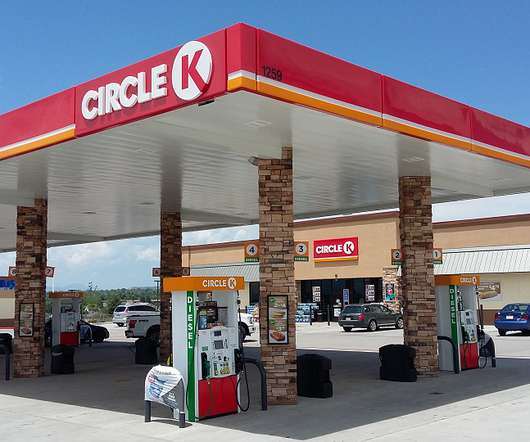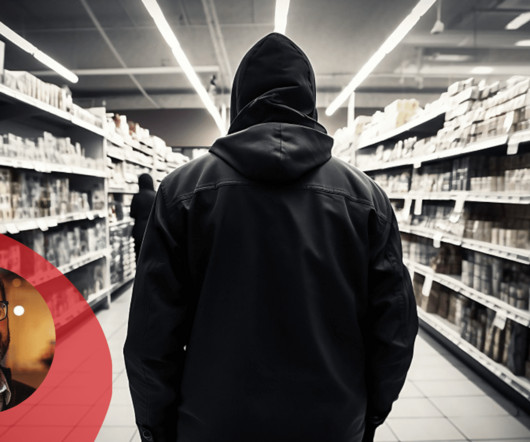Circle K Will Retrofit Stores To Pilot Autonomous Checkout
Retail TouchPoints
AUGUST 11, 2020
In the pilot store, shoppers can pay via a smartphone app for a completely touchless experience, or pay with cash or a card at a kiosk or traditional POS station.













Let's personalize your content